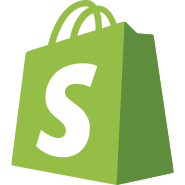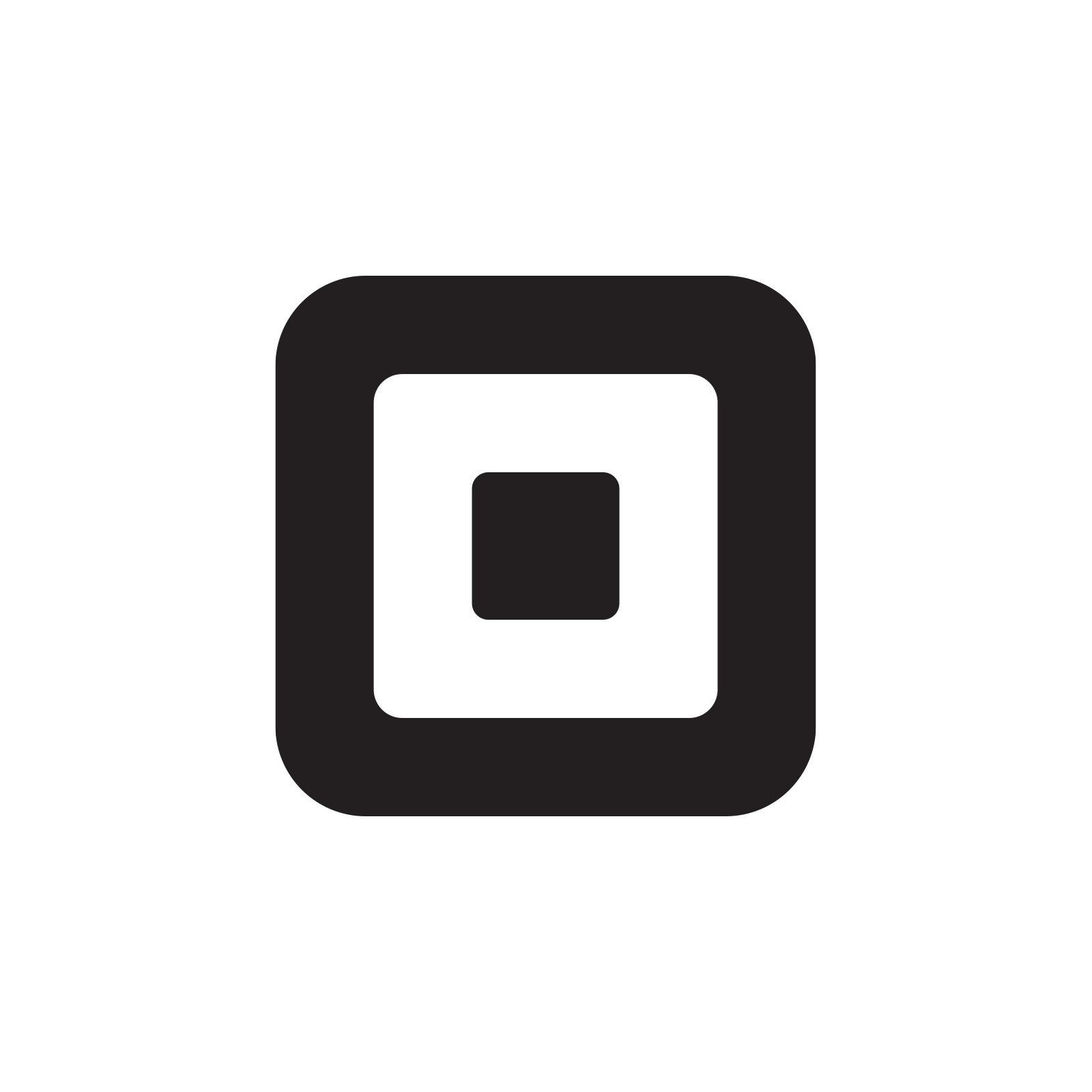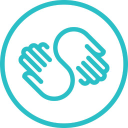Pausing The American Dream To Travel The World Writing Children's Books
Note: This business is no longer running. It was started in 2017 and ended in 2021. Reason for closure: Shut down.
Hello! Who are you and what business did you start?
I am Jane, an artist and an author. I am mom to two boys, Finnegan (3.5) and Remington (1.5), who are the inspiration behind the cute hedgehog characters in my books and a lot of my art. I (until very recently, used to) live in Dallas with one husband, two boys, three dogs, and five chickens.
Now, my hubby and I are traveling the world while writing and illustrating books that we want our kids to read. We just finished writing our third book while living on the beaches of Mexico and the mountains of Colombia.

“Finn + Remy Present: Einstein’s Trampoline,” is the first book in our new series introducing fundamental concepts of physics to children ages 4-10.
This imaginative series starts with an easy to understand exploration into general relativity that begins on a backyard trampoline. Join Finn and Remy as their simple ball game takes a frustrating turn and...

Download the report and join our email newsletter packed with business ideas and money-making opportunities, backed by real-life case studies.

Download the report and join our email newsletter packed with business ideas and money-making opportunities, backed by real-life case studies.

Download the report and join our email newsletter packed with business ideas and money-making opportunities, backed by real-life case studies.

Download the report and join our email newsletter packed with business ideas and money-making opportunities, backed by real-life case studies.

Download the report and join our email newsletter packed with business ideas and money-making opportunities, backed by real-life case studies.

Download the report and join our email newsletter packed with business ideas and money-making opportunities, backed by real-life case studies.

Download the report and join our email newsletter packed with business ideas and money-making opportunities, backed by real-life case studies.

Download the report and join our email newsletter packed with business ideas and money-making opportunities, backed by real-life case studies.

























